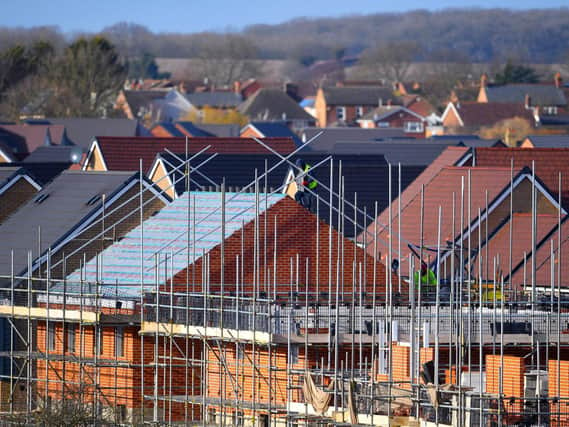House building on green belt sites in Wigan at above-average levels


There is some dispute over the exact Wigan figure with Bankrate, which analysed the report, claiming eight per cent of borough housing was built on the green belt and the authority saying the accurate number is 6.9 per cent.
Either figure puts the borough over the England average, although some way short of the worst-offending local authorities in the time period.
Advertisement
Hide AdAdvertisement
Hide AdCharities have been calling for some time for the green belt to be better protected and brownfield sites to be prioritised for new houses.


In response to the data and report Wigan Council said it does try to safeguard the green belt, but some land with that designation is open for building, and all the houses constructed between 2015 and 2018 were put up on land that met that criteria.
Marie Bintley, assistant director of growth and housing at the town hall, said: “Wigan Council is committed to bringing forward high-quality, affordable homes to meet housing demand while safeguarding green belt land.
“However, there are some sites within the green belt that can be redeveloped where they have been developed previously.
Advertisement
Hide AdAdvertisement
Hide Ad“This is separate to protected green belt in the conventional sense and is in accordance with national planning policy.”
The data shows that more than half of the borough’s land is designated green belt, at 57 per cent: well above the England average of 12.4.
The national data analysed by Bankrate shows shocking examples of local authorities with less green belt land as a percentage of their total areas building higher proportions of houses on the green belt.
The worst offender, Purbeck in Dorset, had more than half its homes between 2015 and 2018 built on green belt, which accounts for less than a fifth of all the space in its boundary.
Advertisement
Hide AdAdvertisement
Hide AdTopping the North West league of shame is Stockport, with 28 per cent of new houses built on green belt.
Charities such as the Campaign to Protect Rural England want brownfield sites to be the first priority for construction projects to prevent further pressure on the green belt and erosion of it.
Wigan, the data suggests, has 129 brownfield sites which measure a total of 342 hectares and could potentially accommodate some 9,457 dwellings.
If you value what we do and are able to support us, a digital subscription is just £1 for your first month. Try us today by clicking here and viewing our offers.